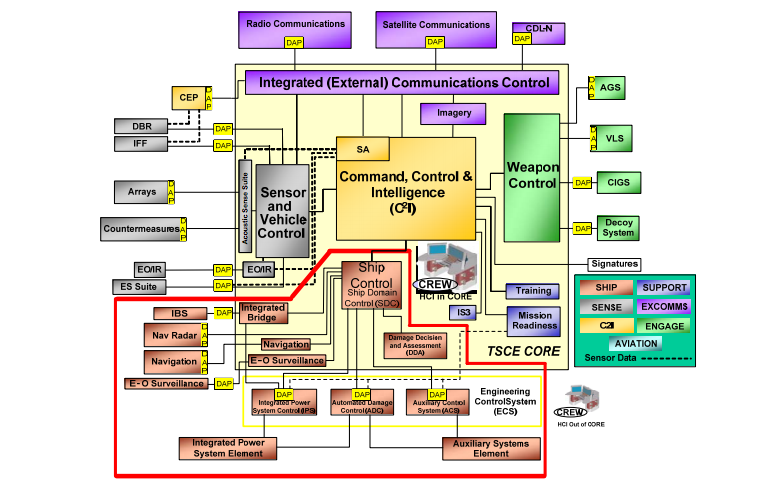 |
| Adm. Harry B. Harris Jr., commander of U.S. Pacific Fleet, walks with Japan Maritime Self-Defense Force Cmdr. Kazutaka Sugimoto on Feb. 6, 2015. US Navy Photo |
The incoming U.S. Pacific Command (PACOM) commander, Adm. Harry B. Harris, testified before Congress late last year that “China’s rise as a regional military and global economic power, and in particular, its rapid military modernization and assertive behavior toward regional neighbors present opportunities and challenges that must be managed effectively. This is our most enduring challenge.”
To meet that challenge, the U.S. Navy should explore establishing an International Maritime Operations Center (IMOC) headquartered in Indonesia to showcase the Navy’s commitment to the Asia-Pacific, monitor maritime developments in the South China Sea and Indian Ocean and serve as a new mechanism to meet China’s rise.
U.S. Touts ‘Batman’ Ship as Obama Courts Southeast Asian Leaders - Bloomberg PoliticsU.S.
“If Batman had a ship, this’d be it,” Admiral Harry Harris, head of U.S. Pacific Command, told a crowd of Asia specialists in Washington last month as he pointed to a slide of a DDG-1000 Zumwalt-class destroyer, the U.S. Navy’s largest and stealthiest. “Everything that is new and cool that the United States is developing is going to the Asia Pacific.”
Harris’s account of the military component of Barack Obama’s “rebalance to Asia” comes as the president prepares to host leaders from the 10-member Association of Southeast Asian Nations at the Sunnylands estate in California next week. Obama has sought to tighten U.S. influence after the administrations of George W. Bush and others focused more on the Middle East and elsewhere. There’s an economic imperative, too: China overtook Japan to become Asean’s biggest trading partner in 2009, after displacing the U.S. a year earlier.
 |
| The Navy’s newest warship is powered by Linux | Ars Technica |
Measuring 35 feet long, 8 feet high, and 12 feet wide, the 16 EMEs have more than 235 equipment cabinets (racks) in total. The EMEs were all configured and pre-tested before being shipped to Bath, Maine, to be installed aboard the Zumwalt. The EME approach lowered overall cost of the hardware itself, and allows Raytheon to pre-integrate systems before they're installed. "It costs a lot to do the work in the shipyard," said Raytheon's DDG-1000 deputy program manager Tom Moore, "and we get limited time of access."
US Navy Tests Electronic Systems on New Zumwalt-Class Destroyer
WASHINGTON (Sputnik) — The prototype warship of the US Navy’s new DDG-1000 Zumwalt-class destroyers has carried out its first week-long sea trial of integrated electronic systems, the Raytheon Company announced in a news release. The Total Ship Computing Environment (TSCE) - provides all computing applications on the ship, including combat management system; command, control, communications, computers and intelligence elements; ship and machinery control systems, according to the release.
The TSCE is the first large-scale implementation of the U.S. Navy’s Open Architecture strategy. Designed to bind all Zumwalt systems together, the TSCE creates a shipboard enterprise network allowing seamless integration of all on-board systems. It also gives the Navy increased ability to use standardized software and commercial-off-the-shelf (COTS) hardware on a fleet-wide basis
Read more: http://sputniknews.com/military/20160211/1034555271/us-navy-tests-new-destroyer.html#ixzz4063dpRUk
Related/Background:
- spendergast: New Zumwalt Destroyer Packed with Smart Technology
- spendergast: DDG 1000 USS Zumwalt leaves BIW for sea trials
- USN presses on with Zumwalt-class destroyers | IHS Jane's 360

No comments:
Post a Comment